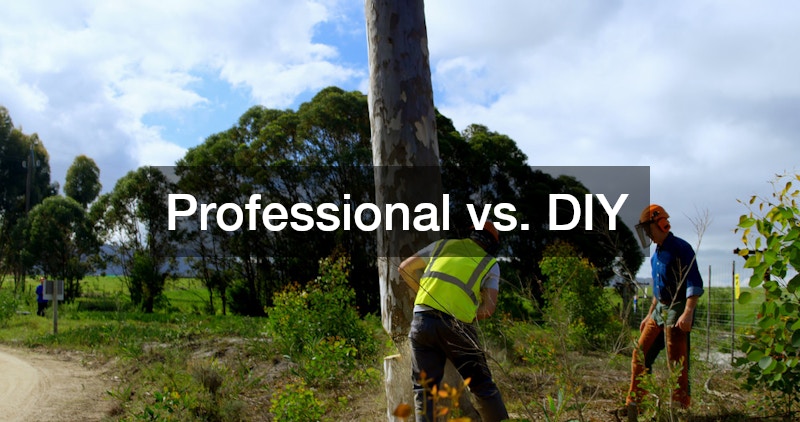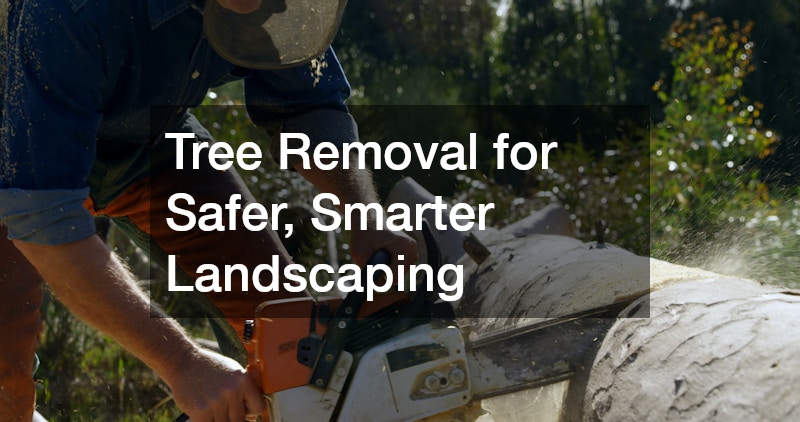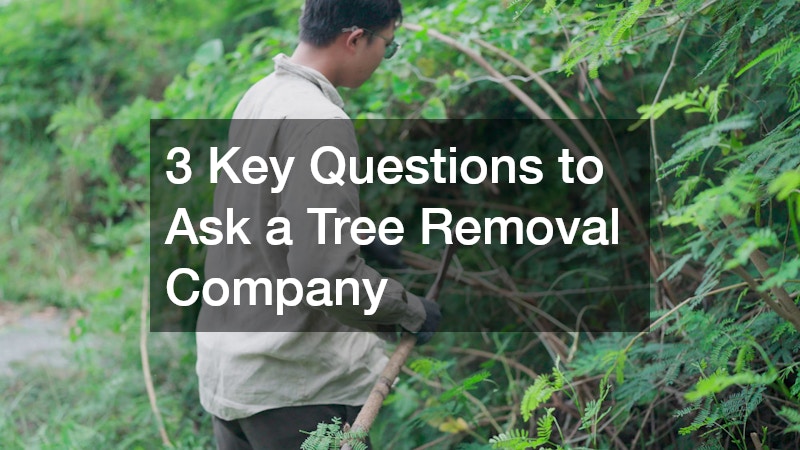Understanding the importance and implications of tree removal can enhance the safety, aesthetics, and functionality of your landscaping. This article explores common concerns and provides valuable insights on tree removal processes. Effective tree management and removal practices can drastically improve the overall landscape environment, ensuring it is both beautiful and secure.
The Importance of Tree Removal
Safety Concerns
Trees that are damaged or diseased pose significant safety risks. Such trees can fall during a storm, causing harm to people, property, or infrastructure. Recognizing the potential hazards early can prevent accidents and ensure the safety of everyone in the surrounding area.
Unstable trees may have dead branches that can unexpectedly fall, especially in windy conditions. These hazards can lead to personal injury or damage to vehicles and buildings. Regular assessment of tree health is crucial in identifying and mitigating these risks.
Dense foliage can also obscure vision on properties, hiding other hazards such as electrical wires or structural weaknesses. This makes prompt tree removal not only a precautionary measure but a necessary one. Ensuring that trees are healthy and stable is vital for safety in residential and commercial areas alike.
Landscaping and Aesthetic Benefits
Tree removal is not only about safety but also about improving the aesthetic value of a property. Overcrowded trees can impede the growth of other plants, reducing biodiversity and the overall appeal of a garden or landscape. By strategically removing certain trees, homeowners can create a more inviting and visually pleasing environment.
When trees are excessively overshadowing other landscape elements, the removal of select trees allows sunlight to reach lower layers of vegetation. This change encourages varied plant growth, enhancing the natural beauty and dynamics of the landscaped area. Moreover, the removal of dead or unattractive trees can open up space for new additions, such as flower beds or ornamental bushes.
A carefully planned tree removal can highlight the beauty of other trees, lawn expanses, and garden designs. It can also serve to emphasize architectural elements of a building that were previously obscured. Consequently, tree removal becomes a strategic tool in landscape design, enhancing its functionality and visual impact.
When to Consider Tree Removal
Assessing Tree Health
Tree health is a critical indicator of whether or not removal is necessary. Signs of disease, such as discolored leaves, a lack of foliage, or deep cracks in the trunk, can signal that a tree is at risk of dying. Additionally, pests and fungi on the tree’s surface should raise concerns about internal decay.
When assessing a tree’s health, it is essential to consider the vitality of the root system as well. Exposed or damaged roots can lead to instability, increasing the likelihood of the tree toppling. Consulting with a certified arborist can provide a clear assessment and help determine if removal is required for safety or health reasons.
Seasonal Factors
Considering the season is important when planning tree removal. During colder months, when trees are dormant, removal can result in less disruption to the surrounding plants and wildlife. Additionally, frozen ground can make access easier for heavy machinery, preventing soil compaction and damage to other garden elements.
Spring and early summer may also be suitable times for tree removal, especially if immediate replanting is planned. However, removing trees in the growing season can stress surrounding plants due to increased sunlight and temperature changes. Consequently, careful planning and expert advice should guide tree removal decisions based on seasonal weather patterns.
The Tree Removal Process
Steps Involved
The process of tree removal starts with a thorough assessment of the tree and the surrounding area. Identifying risks, such as nearby power lines or structures, determines the most efficient and safe removal method. Once assessed, the tree is strategically pruned to reduce weight and prevent unnecessary damage during felling.
After pruning, the tree is carefully cut down using ropes or machinery to control the descent direction. Professional chainsaw work is required to ensure precise cuts and minimize risk. Finally, the stump is either ground down or completely removed, depending on the landscaping requirements.
Professional vs. DIY
Deciding between hiring a professional tree removal service and attempting a DIY project depends on several factors. Professionals offer expertise, proper equipment, and an understanding of safety protocols that can ensure an efficient and secure process. While it might be tempting to tackle the removal yourself, the risks of injury or property damage should not be underestimated.
DIY tree removal might seem cost-effective, but the lack of experience can lead to unexpected challenges and expenses. Furthermore, large trees typically require specialized equipment and knowledge to be safely removed without incident. For small trees or basic pruning, a hands-on approach can be feasible if one is adequately prepared and informed.
Tree removal is a critical component of maintaining safe and smartly landscaped areas. By understanding when and why to remove trees, and how to do so safely, property owners can make informed decisions that benefit their environment. Emphasizing safety, aesthetics, and ecological concerns, thoughtful tree removal contributes to creating sustainable and appealing outdoor spaces.



